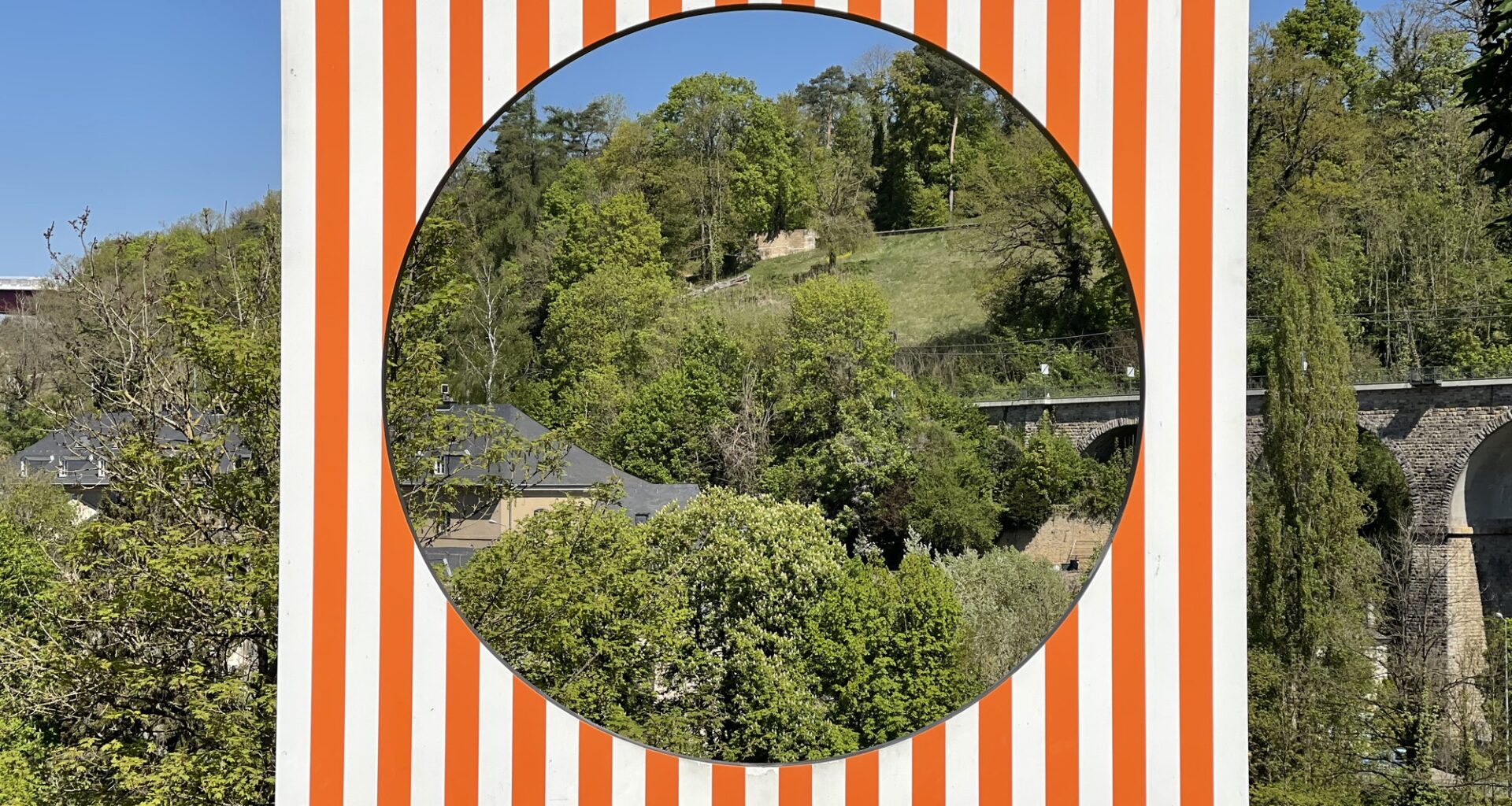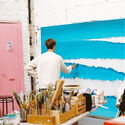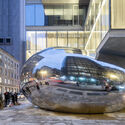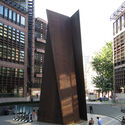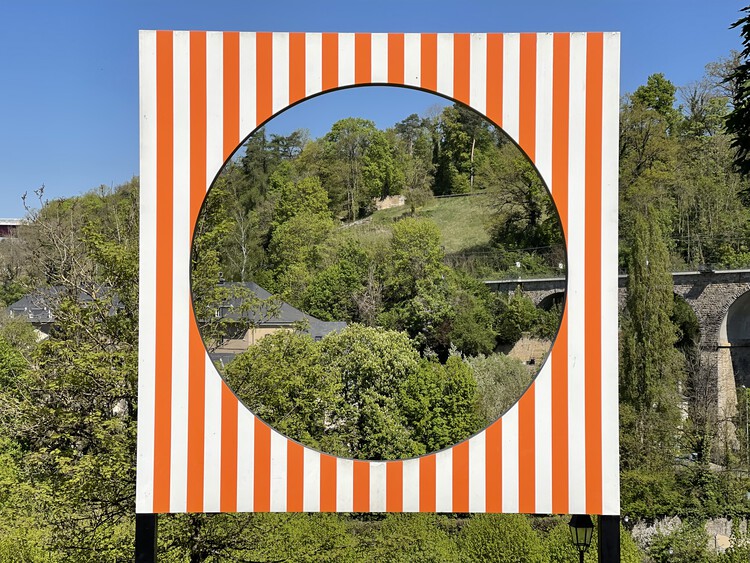 D_un cercle a l_autre / Daniel Buren . Image © Alf van Beem via Wikipedia
D_un cercle a l_autre / Daniel Buren . Image © Alf van Beem via Wikipedia
Share
Share
Or
https://www.archdaily.com/1030983/learning-from-artists-new-perspectives-on-public-space
Public space has long been central to architectural thought, often framed in terms of planning, infrastructure, and regulation. From Haussmann’s Paris to contemporary masterplans, architects have worked to define and formalise collective life through spatial tools. Yet, outside of these frameworks, artists have continuously offered alternative ways of understanding and inhabiting public space—ways that rely not on construction or permanence, but on presence, perception, and participation. Through actions, objects, or atmospheres, artists engage the city as a site of friction and imagination. These gestures challenge architectural conventions and invite artists to reconsider public space not as a solved form, but as a contingent and open process.
As theorist Miwon Kwon observed in her work on site-specificity, the shift from object to relationship, from space as a container to space as interaction, is reshaping how we understand spatial practice. Rather than treating space as a fixed backdrop for action, this approach frames it as something continuously shaped by social, political, and sensory exchanges. In Kwon’s analysis, site no longer refers solely to a physical location but to a set of conditions—temporal, institutional, and communal — that evolve. This redefinition has profound implications for architecture, where the design of public space often centres on durability, legibility, and programmatic clarity. As urban environments become increasingly complex and contested, architects are asked not only to construct spaces but to engage with the multiplicity of forces that produce them. This calls for tools and methods that embrace negotiation, incompleteness, and relationality—capacities more commonly explored in the field of art. By looking at how artists navigate context, participation, and temporality, architects can begin to rethink their practice as a mode of spatial mediation rather than control. In this light, public space becomes less a resolved artefact and more a field of interaction — an unfinished project that unfolds through shared presence and use.

